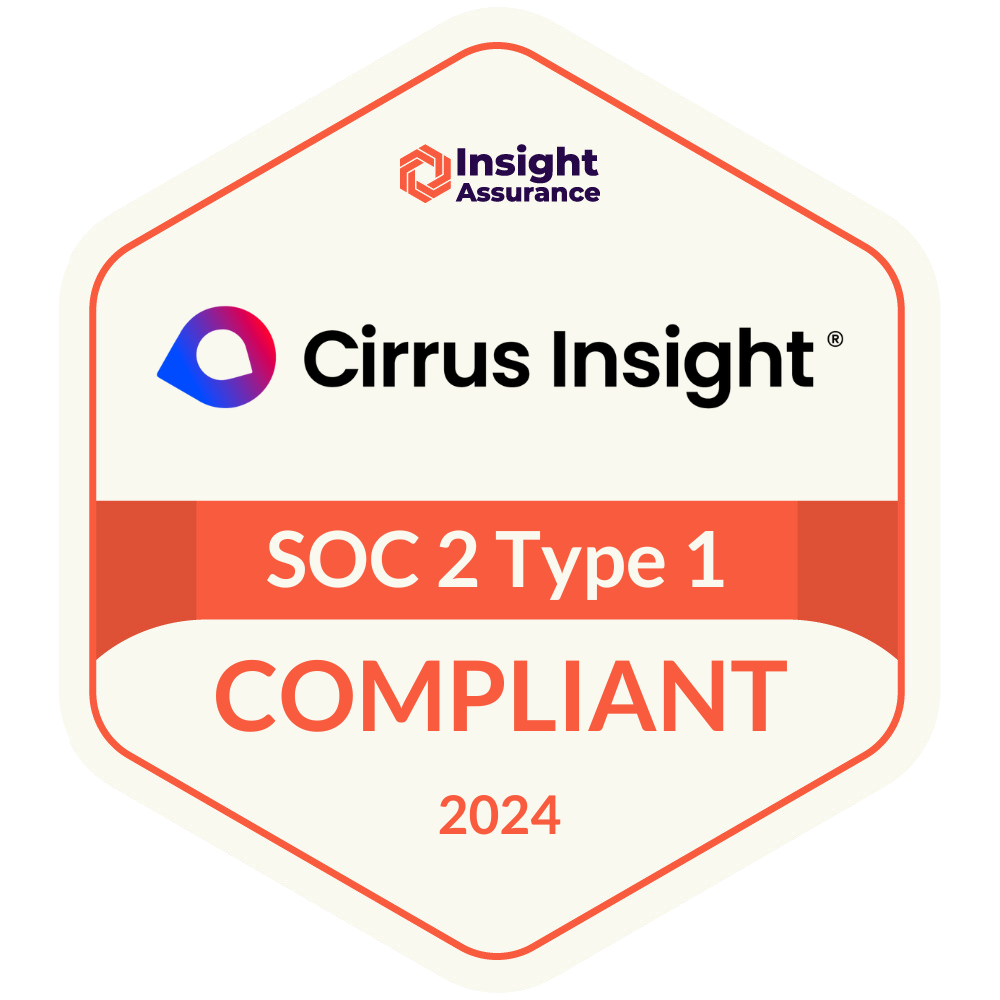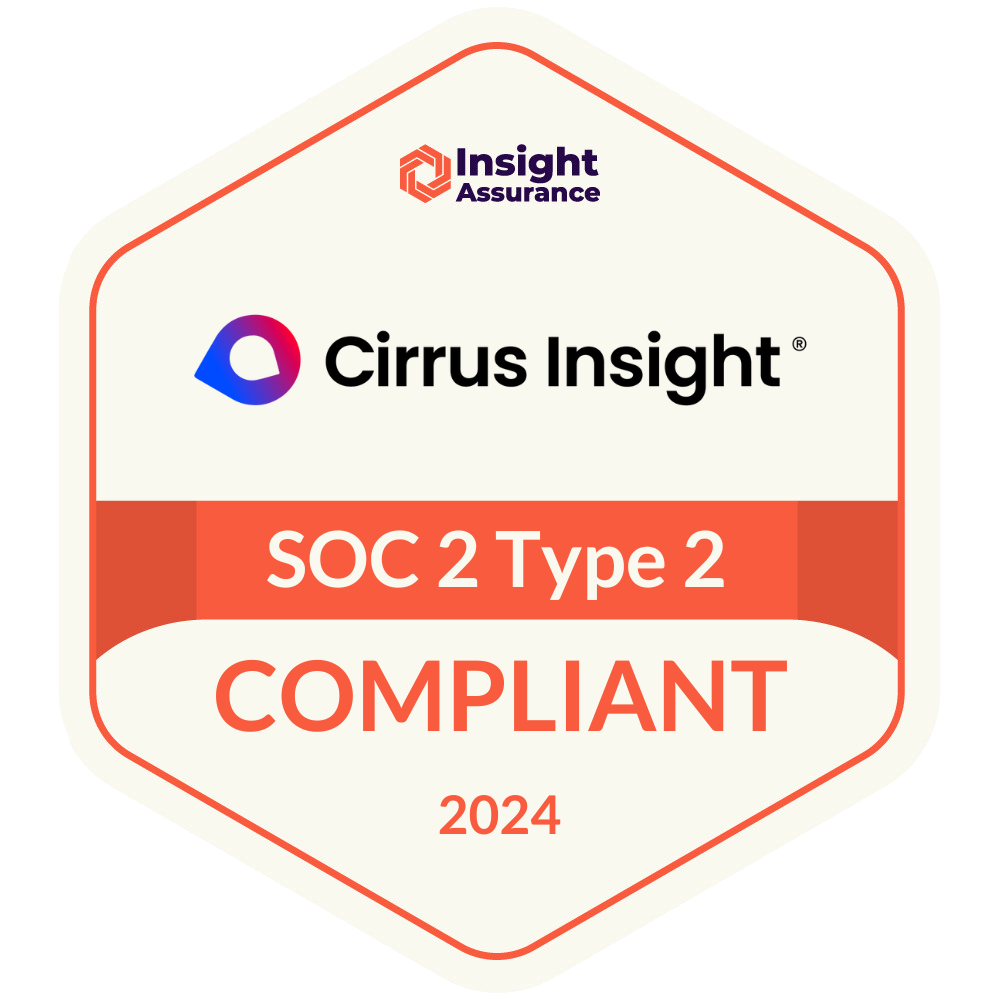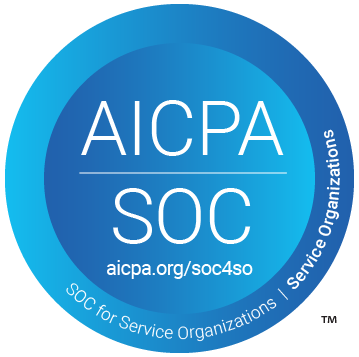- Solutions
-
Products
-
Resources
Sales Automation Tools | Cirrus Insight by Kristi Campbell View all Blog Posts >Get the App, Get the Sidebar, & Get Your Trial Going HereUnleash limitless growth opportunities by partnering with Cirrus Insight.
- Pricing
Filter By:
- All topics
- Sales Productivity
- Sales Intelligence
- Salesforce
- Sales Strategy
- Sales Prospecting
- Book More Meetings
- Best of
- Company News
- Product
- Sales Leadership
- CRM Admininstration
- Sales Metrics
- Supercharge Sales Activity
- Team Scheduling
- Admin
- serious insights
- Prospect Smarter
- Sales Activity Data
- Sales Forecasting
- Scheduling Solutions
- Prospect Faster
- Auto-Sync Everything To Your CRM
- Chrome
- Comparison
- Financial Services
- For Admins
- Getting Started
- IT & Security
- outlook
Subscribe to our Blog for the Latest Insights
Join our blog community to stay informed and receive fresh content and actionable tips directly in your inbox.
6 Outlook Best Practices To Get the Most From Salesforce
If you’re in sales, you know Salesforce. There’s a good chance you work for one of the 150,000 plus businesses that use its sales and marketing tools.
But are you getting the most out of Salesforce? Or are you leaving some opportunities on the table?
Salesforce provides powerful CRM software that’s helped businesses increase leads by as much as 300%. However, like any software, how you implement it makes a big difference in the results you see.
In this guide, we’ll walk you through six Microsoft Outlook best practices that Salesforce users can follow to boost productivity, increase data accuracy, and make sure you’re getting the most from the software.
Here’s what you’ll learn:
Benefits of Salesforce CRM
6 Outlook Best Practices To Use With Salesforce
Benefits of Salesforce CRM
Salesforce started in 1999 with the goal of helping sales teams automate and streamline key sales tasks to achieve better results. Since then, it has evolved into a powerful software with benefits that go beyond sales.
Marketing and service teams can leverage Salesforce to increase lead generation and boost customer satisfaction, respectively.

With Salesforce, companies can compile a single source of truth for information about their customers, which helps them provide better service throughout the entire customer journey.
Here are some of the key benefits Salesforce offers.
Process Automation
Salesforce lets you create a custom visual pipeline that reflects your sales process and key activities. The pipeline serves as a tool to guide and support sales reps as they interact with contacts and turn leads into customers.
You can also use it to automate tasks like deal assignment, approvals, and task creation so your reps can focus more on engaging with customers.
Streamlined Sales Pipeline Organization
With Salesforce, users can manage accounts, opportunities, and leads all in one place.
Salesforce records include activity history, customer interactions, and relevant internal conversations. As contacts move through the sales process, Salesforce records all the data collected by marketing, sales, and customer service.
Actionable Insights
Data-driven sales teams are more likely to prioritize the right tasks and boost their ROI.
Salesforce doesn’t serve as a place to keep records on contacts — instead, it provides valuable insights that help your company identify the best opportunities. Custom reports and dashboards give you details about the health of your pipeline and help you forecast future results.
Ultimately, these benefits help all of your customer-facing team members create a better overall customer experience, close more deals, and increase revenue.
However, if you don’t integrate Salesforce with other tools in your tech stack, then your CRM can become a hassle instead of a helper.
6 Outlook Best Practices To Use With Salesforce
People around the world send and receive more than 300 billion emails every day. No wonder it’s a critical channel for marketing, sales, and service teams.
If you want to start integrating Salesforce with your existing tools, there’s no better place to start than email.
Here are six Outlook best practices to follow to get the most from your Salesforce CRM.
1. Add Outlook Conversations to Salesforce Records
Tracking all email interactions with a customer provides valuable insight into where they are in your sales process. However, if your sales reps need to manually record each Microsoft Outlook email with Salesforce, that eats up their valuable time.
Simplify the activity tracking process by integrating Outlook with Salesforce, so all email contact is automatically added to your CRM.

Salesforce integrates with Microsoft Outlook through Lightning Sync, which is popular for its deep customization options. However, Salesforce plans to retire Lightning for Outlook in June 2023 and replace it with features like Email to Salesforce and Einstein Activity Capture.
The good news is that several third-party options offer the same Salesforce for Outlook sync. You can use our guide to selecting a Salesforce email integration to learn more about finding the best solution for your needs.
At a minimum, you need to ensure the software is compatible with Outlook and offers basic sync features such as email linking and record creation.
The rest of the Outlook best practices on this list outline ways you can set up your Salesforce email integration for optimal productivity and information sharing between platforms.
2. Include Document Integration
Sales, marketing, and service teams all use collateral to deliver relevant information to your customers throughout the sales process. Salesforce lets your reps upload documents and track which collateral files they’ve sent to which contacts or opportunities.
![]()
But managing collateral files can be challenging when your team needs to update document information or create personalized files for each opportunity.
That’s why we recommend finding a Salesforce email sync software that makes managing your content library easier. For example, Cirrus Insight makes it easy for reps to find the most recent version of each file.
In addition to managing documents, tracking engagement with email attachments lets you know which customers are the most likely to convert. Look for a solution that adds attachment tracking data to Salesforce records so your team knows which leads are ready to move forward.
You can use attachment tracking data to support your content team and make better-informed decisions about your collateral by seeing what types of documents people engage with the most.
3. Consider Slack for Outlook
Email is an excellent channel when you have one rep talking to a prospect or a customer. But sometimes sales needs more information from marketing or customer service to solve a customer problem.
When used for internal collaboration, email can be a clunky tool. That’s why millions of people use real-time chat tools like Slack.
Slack is a messaging app for businesses that streamlines collaboration and communication through features like discussion channels, search, and file sharing. Not to mention, Slack officially joined the Salesforce family in July of 2021.

If you’re already using Outlook and Salesforce, Slack integrates with both.
The Outlook integration lets you start Slack discussions right from an email in Outlook, and Salesforce for Slack enables you to search related Salesforce information right from the Slack app.
It’s another way to give your team access to contacts, events, and tasks right where they need them.
4. Sync Outlook Data With Salesforce
Salesforce data analytics dashboards can give your team valuable, actionable insights about opportunities. But, as with any data, insights are only as good as inputs.
Too many teams still rely on manual data entry instead of automated data syncing. 
Only 40% of sales updates are manually added to the CRM, which means your Salesforce analytics aren’t based on the whole picture. And manual data entry takes up time that your reps could be spending on customer interaction.
So, whether you choose a native Salesforce for Outlook integration or a third party, it’s crucial that your data automatically syncs between platforms from the beginning.
In addition to sending Outlook email records to Salesforce, you can sync contacts, events, and tasks between the two platforms. Syncing tasks between Outlook and Salesforce ensures that your reps can access follow-up notifications on both platforms.
5. Pay Attention to Calendar Sync Settings
You can customize your calendar sync between Outlook and Salesforce to ensure you get all the information you need without overloading your Outlook calendar.
For example, you can choose a one-way Outlook sync, where Outlook events automatically go to Salesforce, but not the other way around. Or, you can opt for a bidirectional sync, where event information goes both ways.

During calendar setup, you can also choose only to sync Outlook events that have an existing lead or contact in Salesforce. That way, your Salesforce calendar only reflects appointments related to the sales pipeline.
6. Manage Customers With a Salesforce Sidebar
Finally, access the power of Salesforce inside their Microsoft Outlook inbox by leveraging the Salesforce side panel. As Salesforce works on retiring the Lightning for Outlook integration in June 2023, the team will be developing a native side panel option called Salesforce Outlook Integration.

Until then, you can opt for a Salesforce Outlook integration provider that also offers a side panel or sidebar feature. On the plus side, you don’t have to worry about keeping up with all of Salesforce’s product retirement notifications if you opt for a third-party Salesforce for Outlook integration.
Access to Salesforce in the email inbox means your team doesn’t have to switch tabs to create new Salesforce records or update related events and tasks.
"With Salesforce Sidebar, reps can update sales records, schedule meetings, and view their Salesforce leads in their Outlook inbox. As soon as someone on your team gets new information about an opportunity, they can easily update Salesforce records."
Final Thoughts: 6 Outlook Best Practices for Salesforce Users
Salesforce can be an excellent productivity tool for your company — but only if you integrate it well. Using Salesforce for Outlook lets you automatically sync data between the two and reap the full benefits of your CRM. In particular, these six best practices will help your reps save time, increase data accuracy, and create a better customer experience.
Discover Cirrus Insight’s seamless Salesforce sync for Outlook today and see what it’s like to get the most out of Salesforce.





